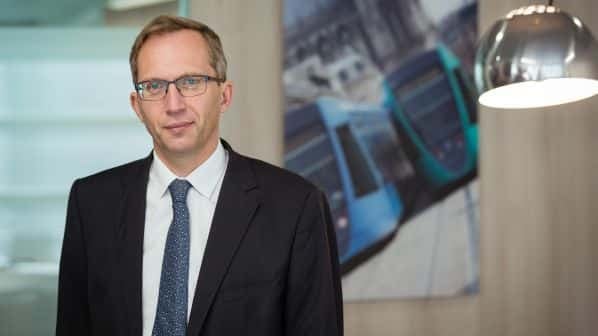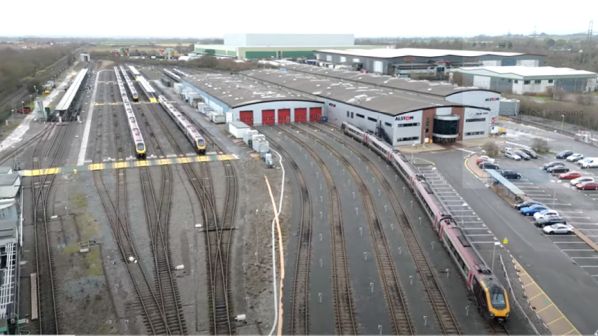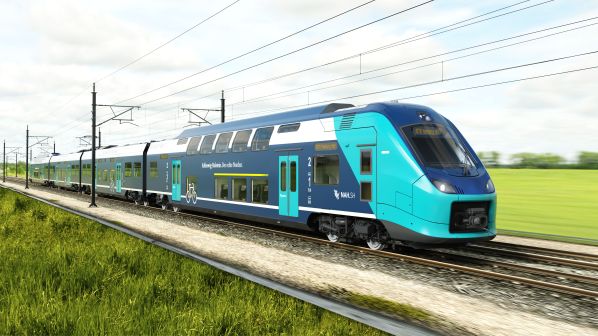ALSTOM’s share price plummeted by almost one fifth to €11.98 at 17.00 on November 15 as news of the company’s plans to address a cash flow warning were published in its half-year results for the 2023-24 financial year.
Although Alstom achieved sales of €8.4bn, a book-to-bill ratio of 1.0, an order backlog of €90.1bn, adjusted Ebit of €438m and an adjusted net profit of €174m for the first half of 2023-24, it had a negative free cash flow of €1.12bn. This compares with a negative free cash flow of just €45m for the first half of 2022-23.
“The negative free cash flow of Alstom during this first half is a clear call for change,” says Mr Henri Poupart-Lafarge, Alstom’s chairman and CEO. “While demand remains sustained, despite some volatility, our commercial performance has been soft. The Bombardier Transportation integration continues to progress. However, the delivery of the Aventra program has been more complex than anticipated. Production and sales growth is accelerating.
“We are undertaking a comprehensive action plan to maintain our investment grade rating and secure our mid-term objectives. Confident in the strength of our backlog and on the solid business foundations of Alstom, I’m fully committed to take up this challenge.”
Alstom has drawn up a five-point plan to accelerate the third phase of the Bombardier Transportation merger integration:
- continue growing the margin in backlog through quality order intake (+0.5% per year in the next three years)
- delivering the production ramp-up (currently an over 10% increase in cars produced per year)
- improving on-time delivery back to Alstom’s previous level in 2024-25
- efficiency and working capital discipline, notably through reduction of inventory days of sales (back to 75 days as a mid-term target) and contract assets reduction through improved execution, and
- reducing overhead costs by cutting up to 1500 jobs, 1300 of which would be at Alstom’s factory in Derby, Britain.
In addition, the Alstom board has decided to reinforce the company’s balance sheet and reduce its net debt of €3.4bn by €2bn by March 2025.
Alstom is also considering the following three measures:
- an assets disposal programme, which has already been launched generating proceeds of between €500m and up to €1bn
- equity and equity-like issuances, including the refinancing of certain assets, and
- a capital increase with pre-emptive rights for shareholders.
On October 31, Alstom signed a new liquidity line of €2.25bn with a “first tier” international bank.
Alstom is forecasting negative free cash flow of between €500m and €750m for the financial year to March 2024. The company also forecasts a book to bill ratio above 1, organic sales growth above 5% and an adjusted Ebit Margin around 6%. However, Alstom does not expect to pay a dividend for the 2023-24 financial year.
The Alstom board will propose Mr Philippe Petitcolin, former CEO of Safran, to be elected as a board member and chairman at its next shareholders’ general meeting in July 2024. As a result. the role of chairman and CEO will be split with Poupart-Lafarge continuing as CEO.
For detailed data on rolling stock orders around the world, subscribe to IRJ Pro.




